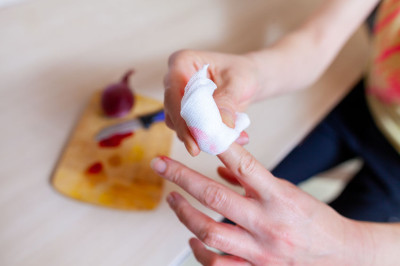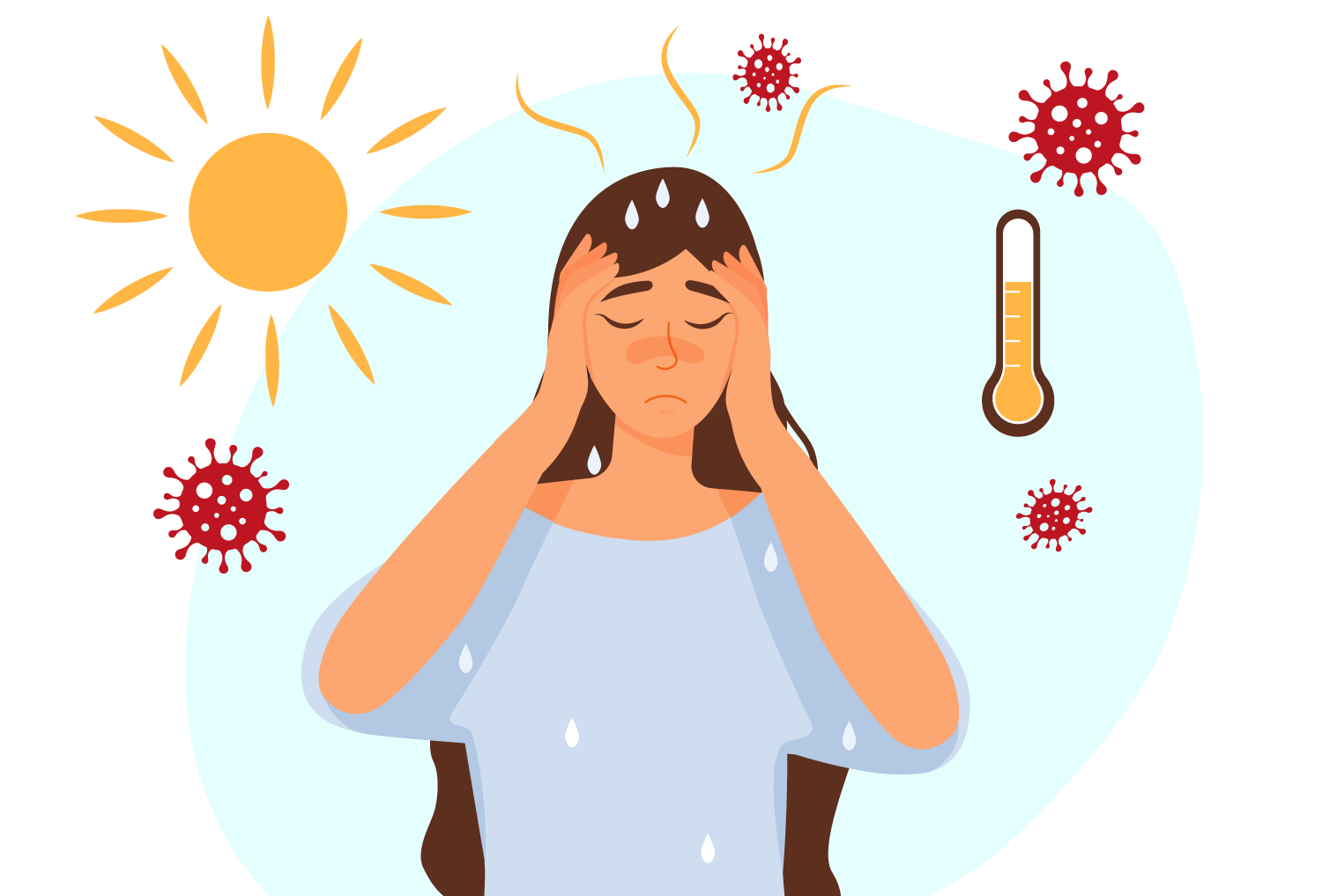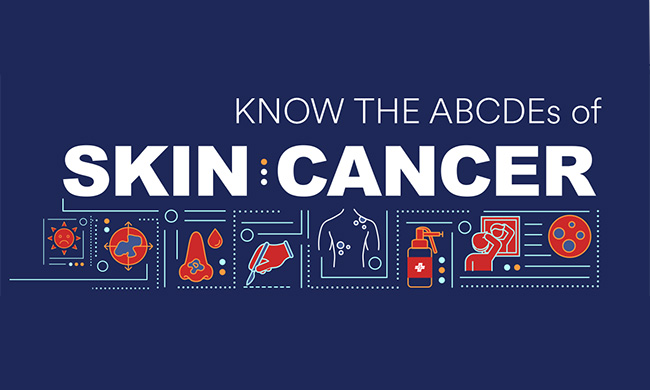
From Stitches to Scarring: What to Know for Your Next Cut
This article was originally published in Sept. 2021
So you’ve had a slip with a paring knife. Or perhaps cut yourself while doing some home repairs. Now you’re wondering whether that wound warrants a trip to urgent care.
It’s a question we’ve all been faced with. What we really want is to finish making dinner or to finish that remodeling project before returning to the work week. Instead, we find ourselves with an injury that looks a little too big for a typical Band-Aid.
So how do you know when a wound is too big for a home remedy? When is urgent care necessary for you or a family member?
We asked Dr. Paul Southall, Chief Medical Officer at Fast Pace Health, to give us some guidance on the best way to handle injuries that may require stitches. In today’s blog, we’ll explore how to treat those unexpected injuries to help you receive the best possible healing with the smallest possible scarring.
If you have any questions about whether your wound requires attention, please err on the side of visiting one of our clinics. This is particularly true if the cut is in a vascular area such as your face, hands and feet. If the injury is serious, call 9-1-1.
What Do I Do When I First Get a Cut?
First things first, control the bleeding. Apply direct pressure to the injury using a clean cloth, a tissue or a piece of gauze. If the bleeding doesn’t slow or stop, please come to the clinic immediately or call 9-1-1.
Once the bleeding has slowed, clean the wound with soap and water and assess the extent of the injury. If the wound is more than a quarter inch long, it will likely need professional care. The same is true if the wound is deep or gaping to minimize scarring and reduce the risk of infection.
Keep in mind, the location of the injury is also important. Heavily vascular parts of the body such as the face, hands and feet pose a greater risk of infection. Infections in these areas can spread throughout the body quickly. So it is probably best to seek medical attention if you experience a serious cut in any of these locations.
Should I be Worried About Tetanus?
Yes, indeed. Tetanus is an infection caused by a bacterium called Clostridium tetani. It can be found in the soil, in manure and even in saliva. It tends to get into the body through broken skin, generally because of contact with contaminated objects.
So if your injury was caused by stepping on a rusty nail, you should seek medical attention. If you injured yourself while working in the barn or corral, it would be wise to visit our clinic. If you received a dog bite, that’s a definite reason for urgent care.
Typically, Tetanus shots are needed every 10 years. But if you have an acute injury where Tetanus contamination is possible, Fast Pace Health asks whether a shot has been administered within five years. If not, you should seek a new shot within 72 hours of the injury.
What Should I Know About Infections?
Tetanus isn’t the only concern. Acute injuries can lead to infection, especially in the highly vascular areas mentioned above. Infections happen when germs, such as bacteria, grow within the damaged area of the skin.
Infections can happen before and after stitches. Because of that, it is important to be on the lookout for any signs of trouble. The basic signs of an infection include increased pain, swelling and redness. More serious signs include warm skin around the wound; yellow or green discharge; an unpleasant odor; and red streaks on the skin. If the infection is allowed to progress, it can lead to fevers, chills, aches, pains, nausea and vomiting.
Certain health conditions may increase the risk of infection. These include diabetes, poor blood circulation, compromised immune systems, immunosuppressant medications, lack of mobility, old age and nutrient deficiencies.
If you have any concerns about infection, please reach out to us. We want to make sure your wound heals properly.
How Should I Treat My Cut After Getting Stitches?
Keep the stitched area clean and dry for the first 24 to 48 hours. If you need to clean around the wound, avoid washing or rubbing the stitches directly. Dab the area dry with a clean paper towel or cloth to remove the moisture. If there was a bandage placed over the stitches, replace it with a new one.
The stitches will then remain in place for a number of days. The timing can be different, depending on where the wound is located. Stitches on joints such as knees and elbows may remain in place to 10-14 days. Stitches on your head could be removed within 5 days. Your healthcare provider will let you know how long the stitches should stay in.
How Long Will It Take for My Cut to Heal?
It depends. Stitches usually come out within days. But the wound may not fully heal for a number of months.
“Scar tissue essentially has to form and it takes a while for that to happen,” Dr. Southall said.
Stitches are used to help facilitate the healing process. They reduce the opportunity for infection and create a lower likelihood of scarring. Will the scar vanish entirely? No. But stitches will make the wound less visible long-term.
It’s impossible to totally prevent the scar from happening,” Dr. Southall said, “but you may be able to diminish the extent of the scar.”
Please don’t hesitate to reach out if your experience with a paring knife becomes unpleasant or if your home improvement project requires a temporary recess to attend to a hand or head injury. Our clinics are ready and willing to help. No appointment needed. We are here to serve the healthcare needs of you and your family.
Related Resources


